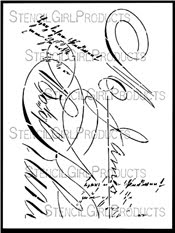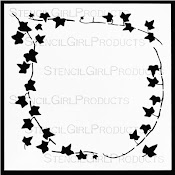StencilGirl Talk: Mary Beth Shaw's VLOG: March 2022
-
StencilGirl Talk: Mary Beth Shaw's VLOG: March 2022: Join Mary Beth in
Amsterdam and Paris! Click here for more information and registration!
Monday, December 7, 2015
Friday, December 4, 2015
Sunday, November 22, 2015
Saturday, November 7, 2015
Wednesday, November 4, 2015
Sunday, November 1, 2015
Monday, October 26, 2015
Wednesday, October 21, 2015
Floral Designer Marina Kerber Floralia, who chose my artwork to illustrate with a floral design ...
Tuesday, October 20, 2015
Sunday, October 18, 2015
Monday, October 12, 2015
Friday, October 9, 2015
Tuesday, October 6, 2015
Thursday, October 1, 2015
Monday, September 28, 2015
Subscribe to:
Posts (Atom)






















































































